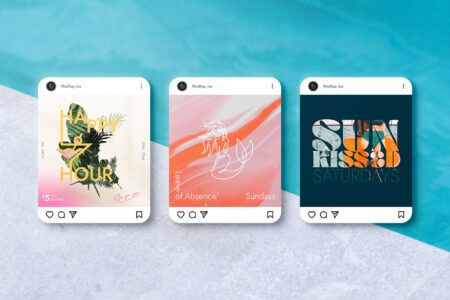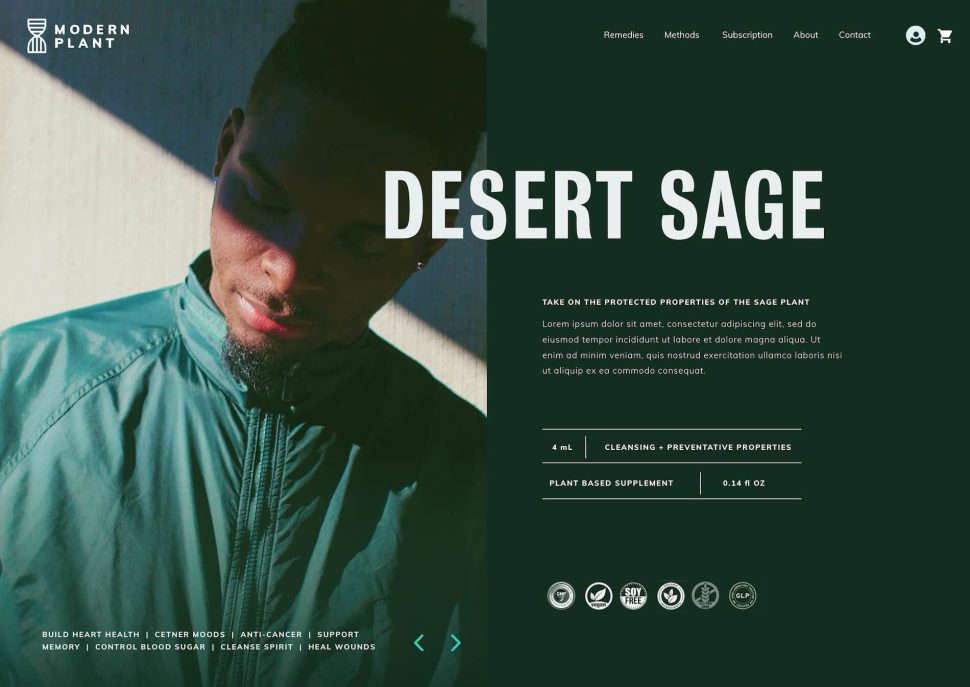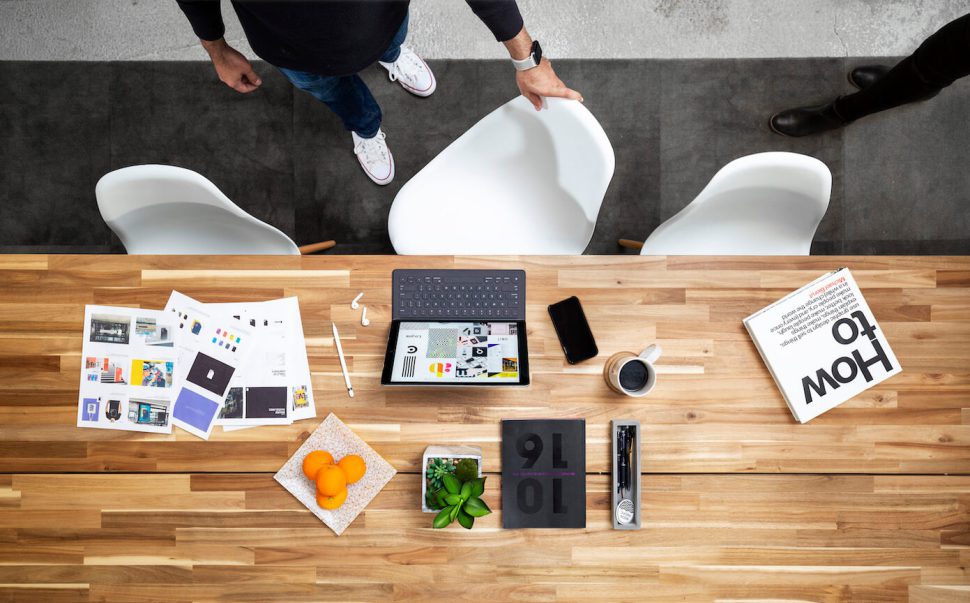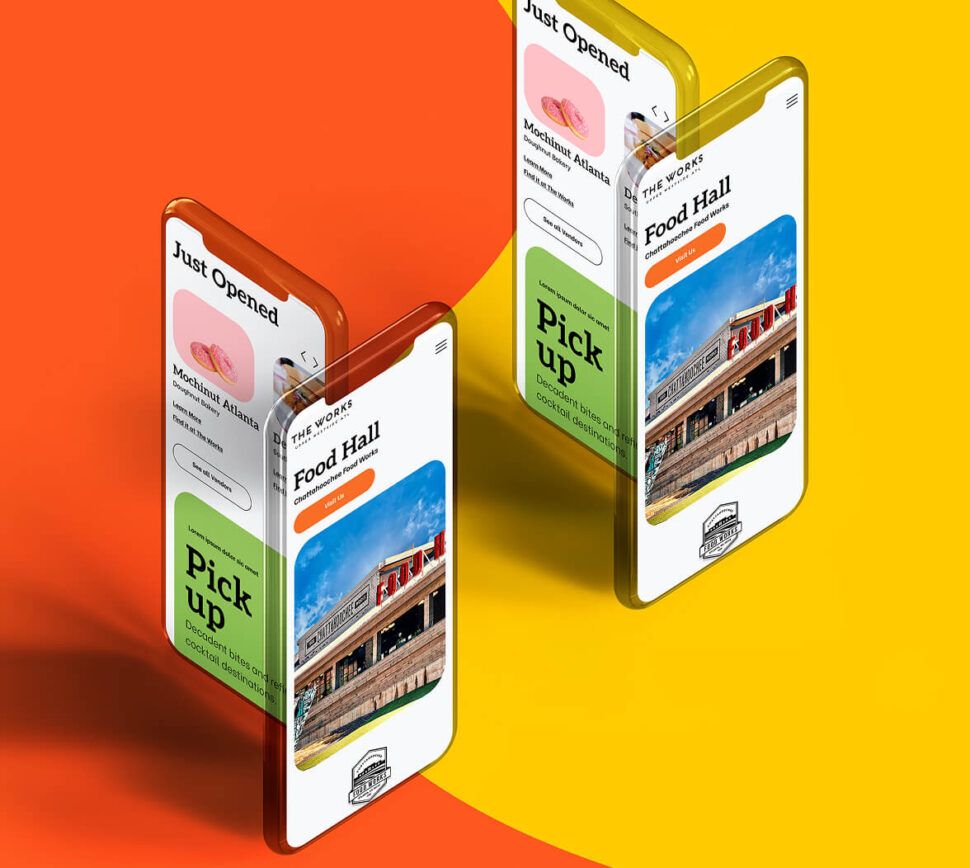April 7, 2024
The Rise of DesignOps: What Professionals Need to Know
- Visual Soldiers
- Design
- minute read

The importance of design in product development cannot be overstated. Design is not just about making things look good; it’s about creating experiences that are intuitive, engaging, and delightful for users. As a result, the role of design within organizations has evolved significantly, giving rise to a new discipline known as DesignOps.
What is DesignOps?
DesignOps, short for Design Operations, is the practice of streamlining and optimizing the processes, tools, and collaboration within design teams to enable them to work more efficiently and effectively. The primary purpose of DesignOps is to remove any obstacles that may hinder the design team’s ability to deliver high-quality work consistently. By establishing clear workflows, implementing efficient tools, and fostering collaboration, DesignOps aims to create an environment where designers can focus on what they do best – designing exceptional products and experiences.
Getting Started with DesignOps
For professionals looking to implement DesignOps within their organizations, getting started may seem daunting at first. However, breaking it down into manageable steps can help simplify the process. Here’s a roadmap to help you kickstart your DesignOps journey:
- Assess Current Processes: Begin by evaluating the existing design processes within your organization. Identify pain points, inefficiencies, and areas for improvement. This could involve conducting interviews with team members, analyzing project workflows, and gathering feedback from stakeholders.
- Define Goals and Objectives: Clearly define what you hope to achieve with DesignOps. Whether it’s improving collaboration, increasing productivity, or delivering better user experiences, having specific goals will guide your efforts and help measure success.
- Establish Standardized Workflows: Develop standardized workflows and best practices for various stages of the design process, from ideation to prototyping to implementation. Document these workflows to ensure consistency and provide a reference for team members.
- Implement Tools and Technologies: Invest in tools and technologies that support your DesignOps initiatives. This could include project management software, collaboration platforms, design systems, and prototyping tools. Choose tools that align with your team’s needs and workflows.
- Promote Collaboration and Communication: Foster a culture of collaboration and communication within your design team. Encourage regular meetings, brainstorming sessions, and design reviews to facilitate idea sharing and feedback exchange. Utilize collaboration tools to enable remote teamwork and streamline communication.
- Continuously Iterate and Improve: DesignOps is an ongoing process of iteration and improvement. Regularly assess the effectiveness of your workflows, tools, and practices, and make adjustments as needed. Solicit feedback from team members and stakeholders to identify areas for enhancement.
By following these steps, you can lay the foundation for successful DesignOps implementation within your organization. Remember that DesignOps is not a one-size-fits-all solution; it should be tailored to meet the specific needs and challenges of your design team.
DevOps vs. DesignOps: Understanding the Differences
While DesignOps shares some similarities with DevOps, there are key differences between the two disciplines. DevOps, short for Development Operations, focuses on streamlining and automating the processes involved in software development and IT operations. It aims to improve collaboration between development and operations teams to accelerate software delivery and enhance product quality.
In contrast, DesignOps is specifically tailored to the needs and challenges of design teams. While both disciplines share a common goal of improving efficiency and collaboration within organizations, they operate within different contexts and address distinct sets of challenges.
One of the primary differences between DevOps and DesignOps lies in their focus areas. DevOps primarily deals with the technical aspects of software development, such as continuous integration, automated testing, and deployment pipelines. DesignOps, on the other hand, focuses on optimizing the design process, improving collaboration among designers, and aligning design activities with broader organizational goals.
Another distinction is the nature of the teams involved. DevOps typically involves collaboration between software developers and IT operations professionals, whereas DesignOps brings together designers, researchers, product managers, and other stakeholders involved in the design and development process. By aligning these cross-functional teams and establishing clear communication channels, DesignOps ensures that everyone is working towards a shared vision and goals.
Furthermore, the tools and methodologies used in DevOps and DesignOps may differ. While DevOps often relies on tools such as version control systems, configuration management tools, and automated testing frameworks, DesignOps may leverage design collaboration platforms, prototyping tools, and design systems to streamline the design process. However, both disciplines emphasize the importance of automation, standardization, and continuous improvement to enhance productivity and quality.
Despite these differences, there are also areas of overlap between DevOps and DesignOps. Both disciplines embrace principles such as agility, collaboration, and iterative development to deliver value to customers quickly and efficiently. By adopting a holistic approach that integrates DevOps and DesignOps practices, organizations can create a seamless end-to-end process that spans from ideation to delivery.
Who Should Be on a Design Team?
Building an effective design team requires careful consideration of the skills, expertise, and roles needed to deliver exceptional design solutions. While the specific composition of a design team may vary depending on the organization’s size, industry, and objectives, there are several key roles that are commonly found in successful design teams:
- UX/UI Designers: Responsible for creating intuitive and visually appealing user interfaces that enhance the overall user experience. They combine user research, interaction design, and visual design principles to design interfaces that meet user needs and business goals.
- Product Managers: Act as the bridge between the design team and other stakeholders, such as product owners, developers, and business leaders. They define the product vision, prioritize features, and ensure that design decisions align with strategic objectives and user requirements.
- Researchers: Conduct user research to gain insights into user behavior, needs, and preferences. They employ various research methods, such as interviews, surveys, and usability testing, to inform design decisions and validate hypotheses.
- Prototypers: Create interactive prototypes that allow stakeholders to visualize and test design concepts before they are implemented. They use prototyping tools to quickly iterate on ideas and gather feedback from users and team members.
- Content Strategists: Develop content strategies that align with the overall design vision and user experience. They create and optimize content for digital platforms, ensuring that it is clear, concise, and engaging.
In addition to these core roles, design teams may also include specialists in areas such as accessibility, animation, illustration, and motion graphics, depending on the project requirements. By assembling a diverse and multidisciplinary team, organizations can leverage a wide range of skills and perspectives to deliver innovative and impactful design solutions.
Conclusion
As the importance of design continues to grow in today’s digital economy, DesignOps has emerged as a critical discipline for enabling design teams to work more efficiently and effectively. By implementing DesignOps practices, organizations can streamline their design processes, foster collaboration among team members, and deliver exceptional user experiences. By understanding the purpose of DesignOps, getting started with implementation, recognizing the differences between DevOps and DesignOps, and assembling the right mix of talent on their design teams, professionals can position themselves for success in the rapidly evolving field of design.







